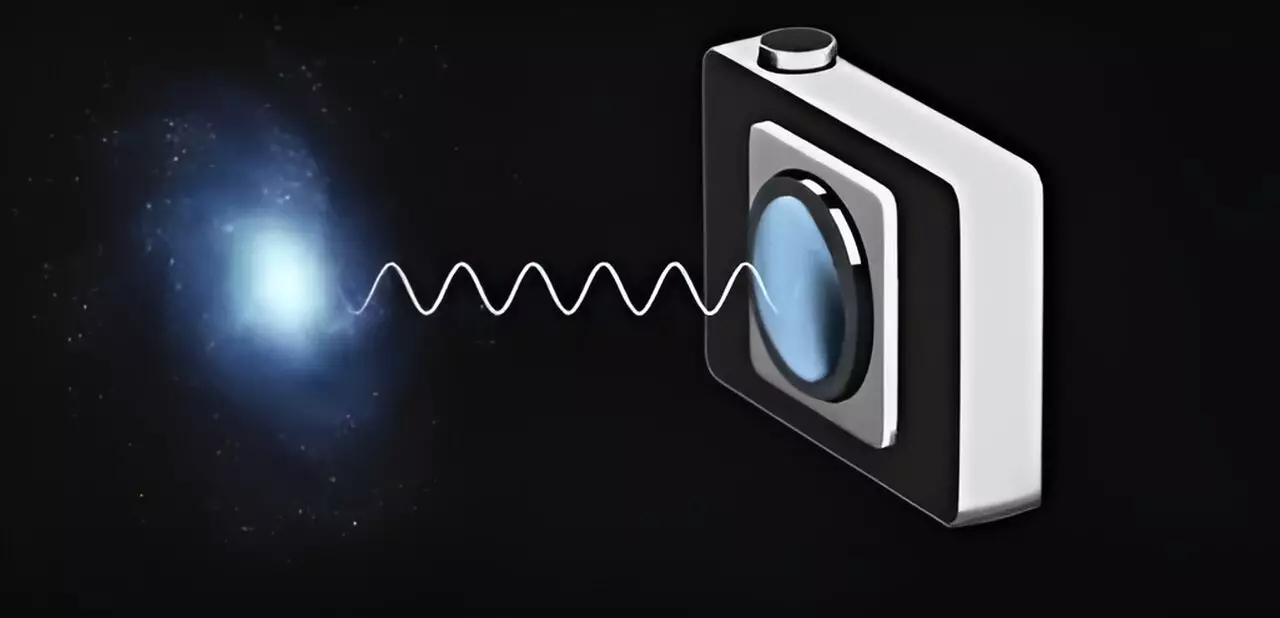Superconducting cameras have long held promise for the field of science and biomedical research due to their ability to capture very weak light signals. However, limitations in pixel count have hindered their widespread use. In a recent study published in Nature, researchers at the National Institute of Standards and Technology (NIST) have successfully built a superconducting camera with an impressive 400,000 pixels, a significant leap from existing devices. This breakthrough opens up new possibilities for a range of applications in various fields.
One of the main challenges in increasing the pixel count of superconducting cameras is the difficulty in individually connecting each pixel to its own readout wire. Each component of the camera must be cooled to ultralow temperatures to function properly, making it practically impossible to connect millions of pixels to the cooling system. To address this issue, NIST researchers Adam McCaughan and Bakhrom Oripov, along with their collaborators from NASA’s Jet Propulsion Laboratory and the University of Colorado Boulder, combined the signals from multiple pixels onto just a few room-temperature readout wires. This innovative approach allowed for a significant increase in the pixel count.
The NIST team designed the camera with intersecting arrays of superconducting nanowires, forming rows and columns similar to a tic-tac-toe game. Each pixel is uniquely defined by the row and column in which it is located. By placing superconducting readout wires parallel to the rows and columns, the team was able to measure the signals from entire rows or columns of pixels at once, greatly reducing the number of readout wires required. When a photon strikes a pixel, the resulting current shunts into a resistive heating element, creating a tiny hotspot in the readout wire. This hotspot generates two voltage pulses that travel in opposite directions along the wire and can be detected by detectors at either end. The difference in arrival time of these signals reveals the column in which the pixel resides. This readout architecture allows for both accurate image capture and a significant reduction in the number of necessary readout wires.
The ability to capture weak light signals with a higher pixel count opens up a multitude of new applications in the fields of science and biomedical research. With 400,000 pixels, the NIST superconducting camera surpasses existing devices that typically have only a few thousand pixels. This increased pixel count enables scientists to image faint galaxies or planets beyond our solar system, measure light in photon-based quantum computers, and contribute to biomedical studies by using near-infrared light to peer into human tissue. Additionally, the researchers anticipate even larger cameras with tens or hundreds of millions of pixels in the near future, further expanding the potential applications of superconducting cameras.
While the current prototype camera developed by the NIST team already exhibits impressive capabilities, further improvements are underway. Over the next year, the team plans to enhance the sensitivity of the camera to capture virtually every incoming photon. This advancement in sensitivity will unlock the potential to capture even weaker light signals and make significant contributions to various scientific and biomedical endeavors. With the continuous advancements in superconducting camera technology, the future holds promise for high-sensitivity cameras with even greater pixel counts.
The recent breakthrough by the NIST researchers in increasing the pixel count of superconducting cameras paves the way for a new era in weak light signal capture. With the ability to now capture low-light phenomena ranging from distant galaxies to the human brain, these cameras have the potential to revolutionize scientific research and biomedical studies. As advancements continue to be made, the possibilities for superconducting cameras with higher pixel counts and enhanced sensitivities are endless, propelling us into a future of greater discovery and understanding.


Leave a Reply